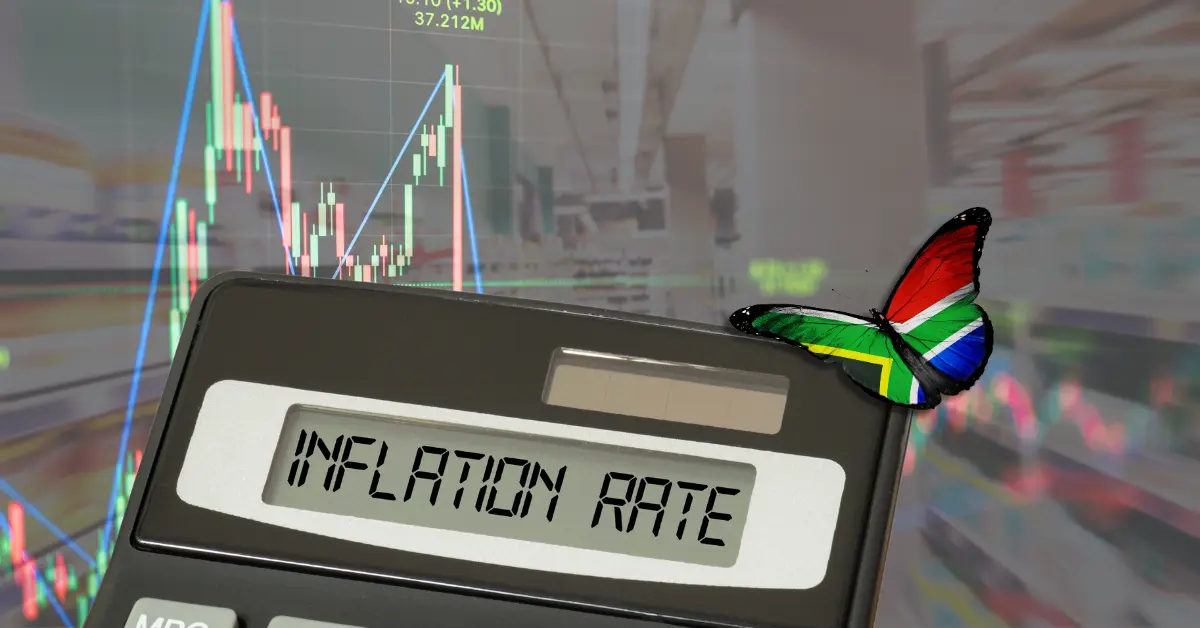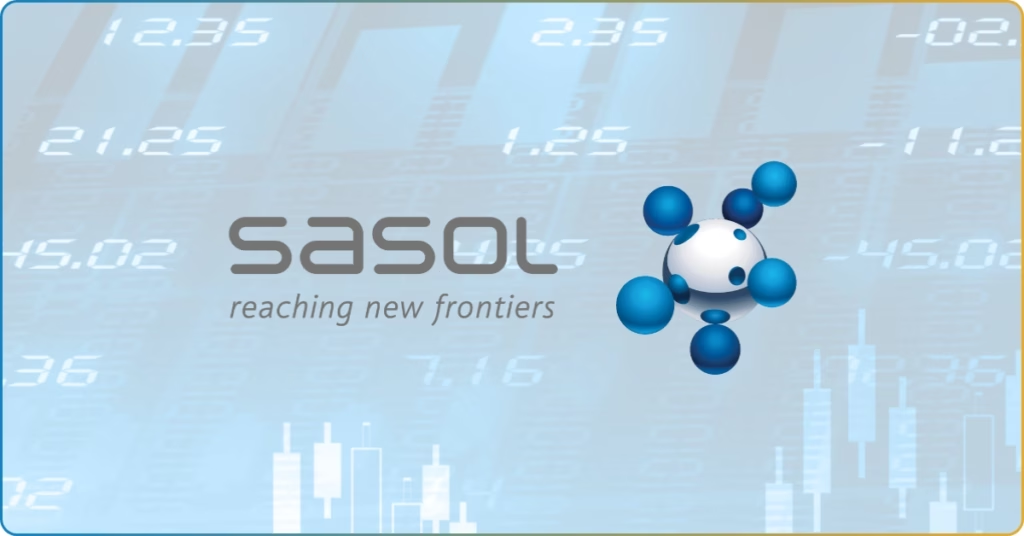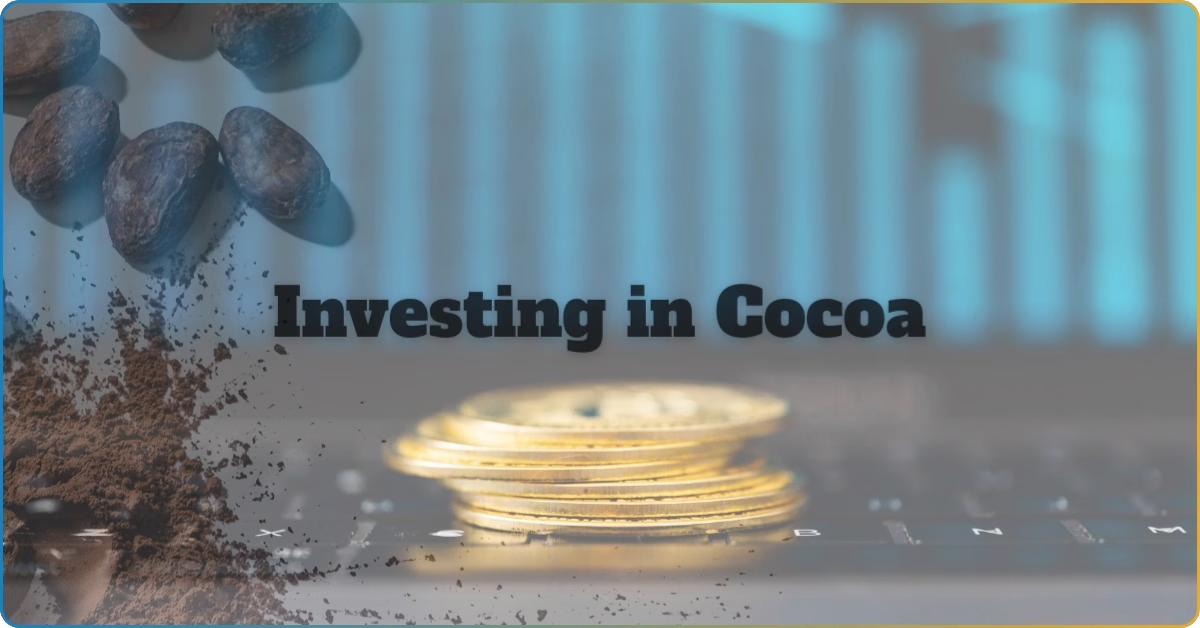The South Africa inflation rate dropped sharply this October to its lowest rate in four years.
According to Statistics South Africa, consumer inflation saw a sharp decline from last year’s 3.8% to 2.8% in 2024.
This outcome was warmly welcomed, as economists only predicted a 3% median drop, according to a Bloomberg survey.
This drop was attributed to falling fuel prices, where the government-regulated petrol and diesel prices fell by more than one rand a liter in October.
Another significant factor was slowing food inflation. The annual inflation for food and non-alcoholic beverages dropped to 3.6% from 4.7%.
Additionally, bread and cereals declined by 0.5%, while dairy products dipped steeply to 4.1% from 6.9% in the previous year.
This year’s inflation reading has been the lowest since June 2020, during the peak of the COVID-19 pandemic, where South Africans experienced one of the worst lockdown conditions in the world.
Read the full report from Statistics South Africa below.
The public waits for a South Africa interest rate cut
The South African Reserve Bank (SARB) is scheduled to meet on November 21, Thursday and could announce a cut in the interest rates.
According to a Reuters survey, traders expect the monetary policy committee to lower SA’s borrowing rate by 25 basis points (bps).
The expected 25 bps cut is similar to the reduction seen in September, when the central bank cut rates for the first time in more than four years.
On the other hand, Old Mutual (JSE:OMU) Chief Economist Johan Els argued that the data showed very little inflationary pressure in the country’s economy, and that the central bank should opt for a 50 bps cut.
However, some speculate that a bigger cut is not realistic due to fluctuations in the value of rand against the US dollar. The rand depreciated almost 3% against the dollar since Donald Trump’s US election victory.
South Africa’s economy, on the road to recovery?
This year, South Africa has been ambitious and optimistic about recovering a slumped economy. Since the installment of a coalition government in June, positive economic indicators have boosted SA’s growth.
Decreased unemployment rate
Last week, Statistics South Africa reported a decrease in the unemployment rate for the first time in a year, however, it still remains high at 32.1%.
The increase in employment was primarily driven by opportunities in the social services and construction sector. Meanwhile, businesses are gaining back confidence from new market-friendly reforms.
Related: South Africa unemployment rate declines, what does this mean for investors?
SA stocks in its strongest year
On the other hand, the JSE All-Share Index experienced its strongest third quarter and increased by an impressive 26.19% in 2024 from the previous year.
Additionally, the JSE is outpacing its peers in the Emerging Market Index, hitting record highs in 2024 for the first time in 11 years.
According to JSE CEO Leila Fourie, the new business-friendly reforms have convinced the international public in a very positive way, and that the markets are responding well.
No power cuts for 6 months
Another milestone for South Africa’s economy is the reduced amount of black outs in business centers. The country has been facing an energy crisis for decades, affecting many industries and hindering their growth.
Slow but steady GDP growth
SA also experienced a steady expansion in its GDP for the first half of 2024. Household consumption was the primary contributor to its growth and reflects a renewed confidence and spending power of South Africans.
Related: South Africa’s Ambitious Economic Targets for 2025
The GDP increased by 0.5% in the second quarter of 2024.
Overall, South Africans are optimistic that these indicate the beginning of a stabilized economy.
Stay Ahead with CommuniTrade
Be on top of trading news, industry insights, and market analysis with CommuniTrade. Dive into discussions, verify facts, and connect with a network of only verified traders.
Sign up now.

















